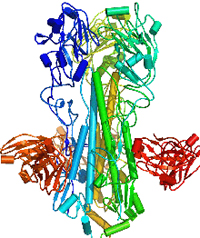What Makes Ticks Tick?
Durland Fish has researched ticks and their associated diseases for decades. A professor in the Division of Epidemiology of Microbial Diseases at the Yale School of Public Health, he has, among other things, contributed to the discovery that the bacterium that causes Lyme disease has European ancestry and that the disease, once nearly eradicated in North America, roared back with reforestation. More recently he helped develop a Lyme disease “app” for the iPhone and other Apple devices that provides users with detailed information about tick populations in any given area in the United States and even comes with a video on how to safely remove a tick. He has also worked on mosquito-borne West Nile virus and dengue fever. Students selected Fish as the school’s mentor of the year in 2010. (more…)

